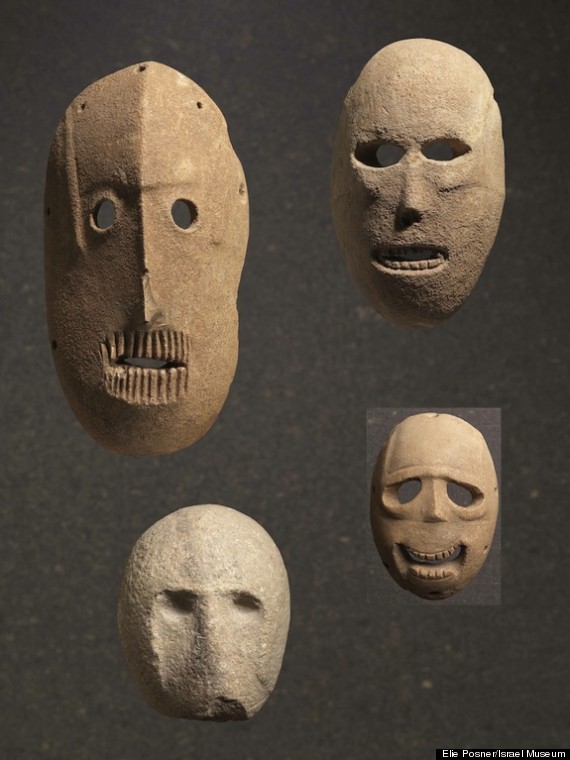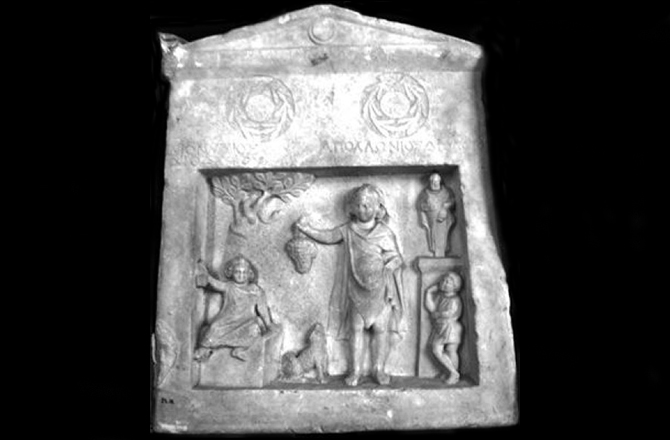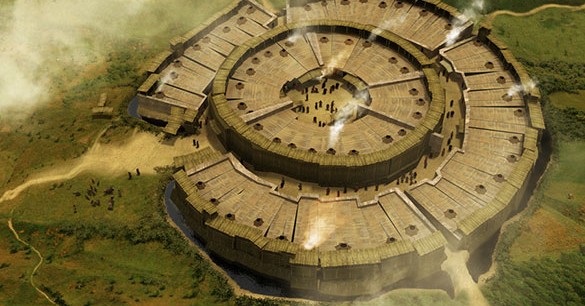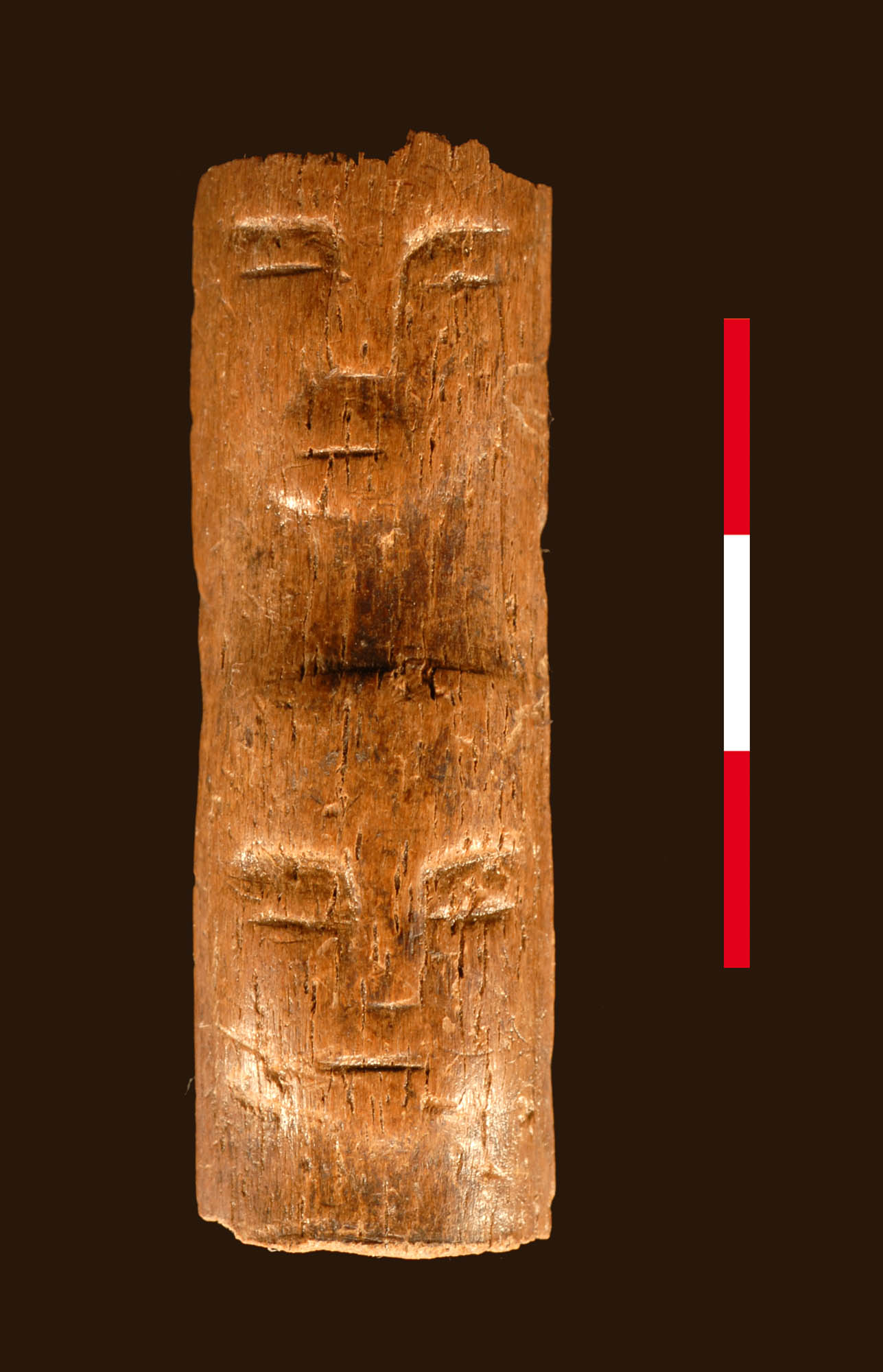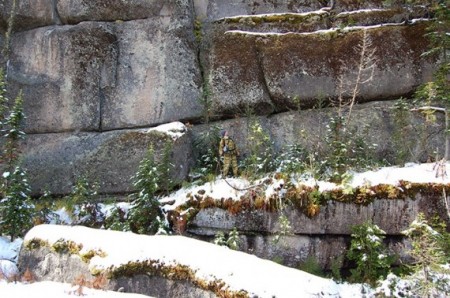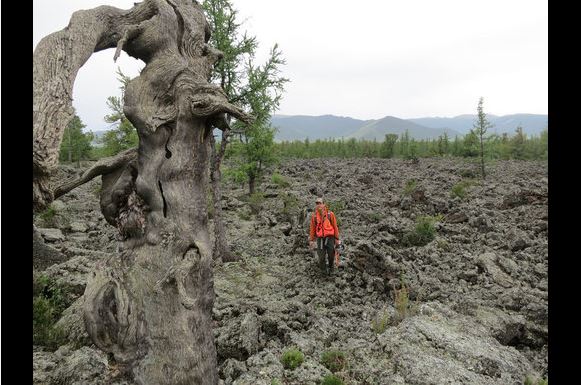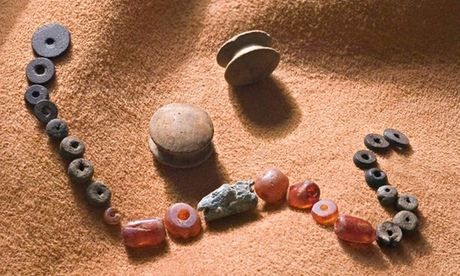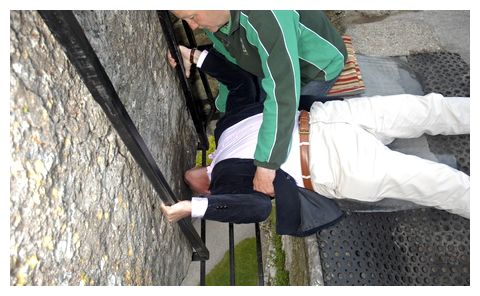
The Blarney Stone - famous for giving you the "gift of the gab" if you kiss it - is 100% Irish, according to researchers at Glasgow University.
For centuries, legends have abounded about the origins of the stone, which some have claimed was hewn from Stonehenge or sent over as a gift from the Scots by Robert the Bruce after victory at the battle of Bannockburn in 1314. But the secret of the stone has been unravelled after the discovery of a unique 19th-century microscopic slide taken from the rock at Blarney Castle, near Cork.
Geologists at the University of Glasgow's Hunterian Museum can reveal the true nature of the Stone after studying the historic microscope slide, containing a slice of the stone ground so thin that it is transparent to light. Their analysis indicates the Blarney is a limestone, made of the mineral calcite, and containing recrystallised and slightly deformed fragments of fossil brachiopod shells and bryozoans - all of which are unique to the region where it is based.
Dr John Faithfull, curator at the Hunterian museum, said: "This strongly supports views that the stone is made of local carboniferous limestone, about 330m years old, and indicates that it has nothing to do with the Stonehenge bluestones, or the sandstone of the current 'Stone of Destiny', now in Edinburgh Castle."
